Xiaomi Mi 9T Pro review: mid-range champion of the world


The Xiaomi Mi 9T Pro, also known as the Redmi K20 is some regions, is the spiritual successor to the Pocophone F1. This is not just a plastic powerhouse, though. The Chinese smartphone features all the flagship traits we've come to expect in 2019, apart from a four-figure price tag. Here is our full review.
Good
- Incredible value
- Great OLED display
- Big battery
- Fast performance
Bad
- No IP67/8
- No microSD support

The price is nowhere near 'flagship'
Mi 9T Pro is the European name for the Redmi K20 Pro. It's an upgraded version of the Mi 9T, which was the same as the Redmi K20. For the sake of this review, I will refer only to the Mi 9T and Mi 9T Pro.
The Mi 9T Pro is available throughout Europe and in the UK. It comes in 64GB and 128GB variants but only the larger storage option is available in Britain. It costs £399, and that is incredibly good value for what you are getting. For colors, you can have it in either black or blue. The Mi 9T Pro is not available in the US at the moment.
All mod cons
Owners of the Xiaomi Mi 9T will be familiar with the design of this Mi 9T Pro. It is identical on the outside to its predecessor. That's a good thing, because both phones are proper, flagship-like builds. There's glass on the front and back and the sides are made from aluminum. Everything feels solid and well made.
There's a loud color effect on the glass on the back. It's a bit over the top for me, but I can see how this would be cool to younger generations. The glass on the front is Gorilla Glass 5, rather than the Gorilla Glass 6 that is used on today's top-end smartphones from the big manufacturers. The difference in durability is negligible though.
The pop-up camera housing is made from plastic, but the lens is covered by glass. It features LEDs on the side of the housing which light up when you activate the mechanism. It's a gimmick until you realize the same light shines through the top of the phone as a notification LED and charging indicator. There's also a headphone jack on the top of the phone, which some smartphone users still get excited about in 2019. There's only a single mono speaker, though.

If you were to make a list of all the features you'd expect to find on a flagship smartphone these days, the Mi 9T Pro would tick a lot of them off. There's an almost bezel-less OLED display with no notch or hole-punch, a fingerprint scanner under the display, a top-of-the-range chip from Qualcomm, a fancy triple rear camera, a pop-up selfie camera, USB-C fast charging, and a big battery.
The only things missing from this Mi 9T Pro are wireless charging and there's still no SD card slot and still no IP67/8 certification for water resistance.
The best display at this price point
The display on this Pro variant is also unchanged from the Mi 9T. It's a 6.39-inch Super AMOLED panel with a Full HD+ resolution of 1080 x 2340 pixels in a 19.5:9 ratio. Crunch those numbers, and you get 403ppi. It also supports DRM Widevine L1 for videos.
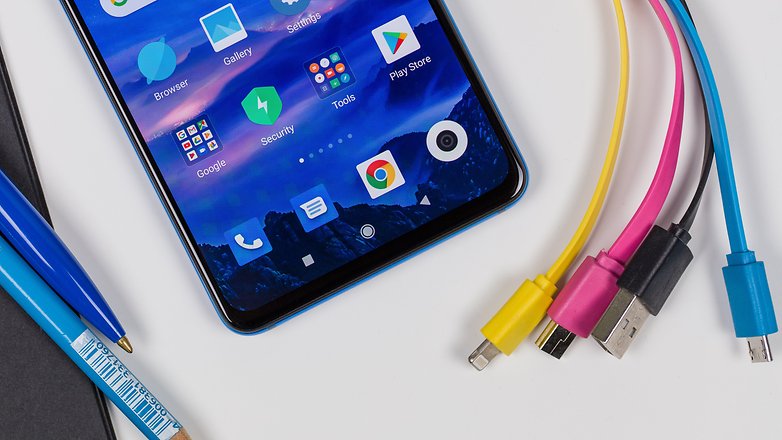
The display is one of the highlights of this device. It's big and bright there is plenty of customization potential in the software. There's a reading mode which warms everything up and is softer on the eyes and a system-wide dark mode for the menus. There's also an ambient display which can be scheduled to save power. I'm not a fan of ambient displays in general, I'd rather take the extra battery life than the always-on functionality, but this one seemed fine when I tested it.
I'm also becoming a huge fan of pop-up selfie cameras for the sole reason of having a clean display that is not hampered by a notch or a hole. On rare occasions when I need the selfie camera, I can call upon it, but the rest of the time I'm more than happy with it out of the way. The Mi 9T Pro only strengthened my fondness for the pop-up. Overall, this is the best display you can find on the market for under £400.
Now with a Snapdragon 855
The biggest difference between the Pro and non-Pro versions of the Mi 9T is performance. Xiaomi has swapped out the Qualcomm Snapdragon 730 for a Snapdragon 855. That's the same chip that powers the new Galaxy Note 10 series. RAM is also up from 6GB to 8GB, and the Adreno 618 GPU has been replaced by an Adreno 640. The performance was not exactly bad on the Mi 9T, but the 9T Pro takes things to another level.
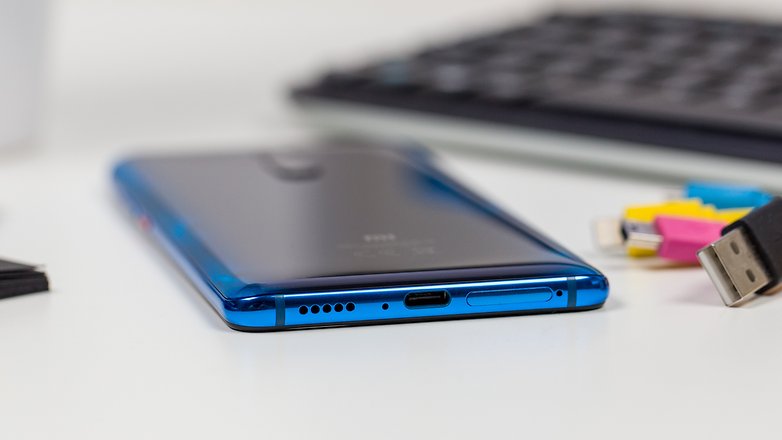
The phone zips along nicely. It's really fast, especially when it comes to opening and switching apps. The Mi 9T Pro also benefits from some of the software optimizations that made the Pocophone F1 so popular with critics and power users. Xiaomi's stock MIUI launcher is fine, but when switching to the Poco Launcher 2.0, I really noticed the difference. The baked-in RAM Jet feature, which optimizes your memory by clearing cached data, is like an instant speed-up button. Whenever I felt even the slightest bit of slow down, which was not often, RAM Jet always got me back to that brand-new phone feeling within seconds.
The in-display fingerprint sensor, which is optical not ultrasonic, also did a solid job during my tests. It's not perfect in terms of accuracy, and it's not as fast a the one on the OnePlus 7 Pro, but for a phone that costs 400 pounds, it's miles ahead of the competition in this price range.
In terms of software, the Mi 9T Pro ships with Xiaomi's MIUI 10. Some people love this software, others hate it. I lean more towards the former. You'll still get all of Xiaomi's bloatware and duplicate apps for things like the browser and the gallery. The most frustrating is the system updater app, which seems to want to update at least one of the bloatware apps every couple of days.
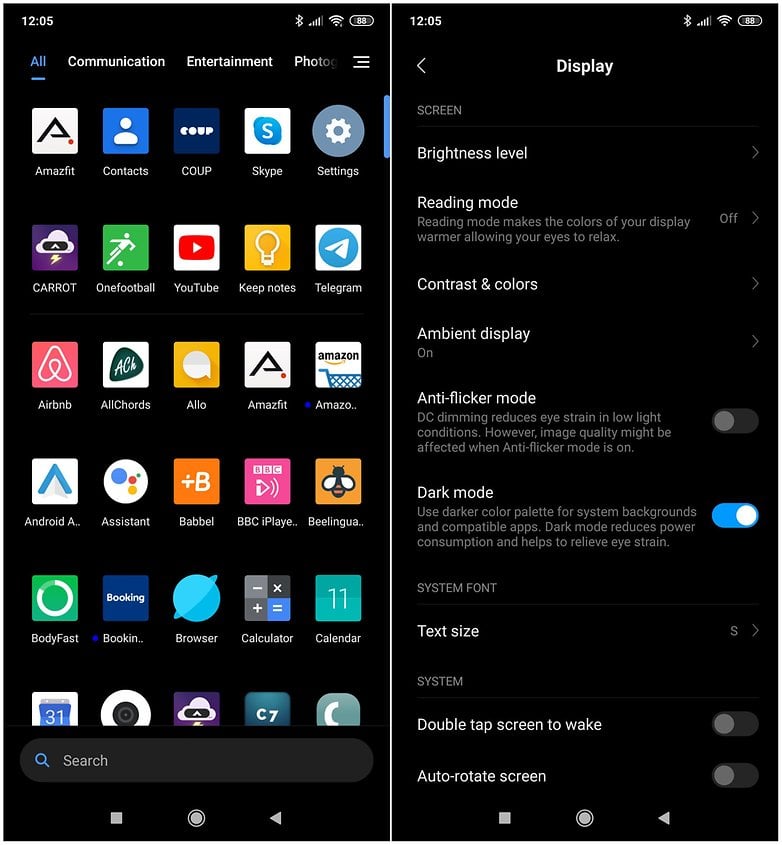
Overall I was really happy with the performance on the Xiaomi Mi 9T Pro, at least from a hardware point of view. It's not always the smoothest performance, but it always feels flagship fast. You can see the full benchmark results in the table below. For the record, I have omitted the Geekbench scores we usually include. Geekbench updated its benchmark app to version 5 on September 3, and I did not want to compare data from different versions of the app.
Xiaomi Mi 9T Pro benchmark results
| 3DMark Sling Shot Extreme | 3DMark Sling Shot ES 3.0 | 3D Mark Ice Storm Unlimited ES 2.0 | PassMark Memory | PassMark Disk | |
|---|---|---|---|---|---|
| Mi 9T Pro | 5008 | 4156 | 73220 | 24438 | 75736 |
| Mi 9T | 1288 | 1252 | 15468 | 14151 | 60032 |
| Galaxy S10 | 4299 | 4381 | 54749 | 19720 | 75832 |
| Galaxy Note 10+ | 4907 | 4777 | 54663 | 19065 | 72588 |
The same great triple camera
The camera is also flagship-like. It's the same setup we saw on the regular Mi 9T , and that's a good thing because the performance of that camera was good. The rear camera module is as follows:
- 48 megapixel and f/1.75 aperture, standard lens
- 13 megapixel, f/2.4 aperture, wide-angle lens
- 8 megapixel, f/2.4 aperture with 2X optical zoom
The only addition to the rear camera is the added laser autofocus to the main 48-megapixel sensor. You still get the same dual-LED flash, HDR functionality, and ability to shoot panoramas that you got on its predecessor. You can also shoot video with the wide-angle camera. The motorized pop-up camera, a 20-megapixel sensor, is also the same on both phones. It can be used for RGB face unlock too, but that requires you to swipe the display first to activate the pop-up mechanism. It's too slow, and not really worth bothering with.
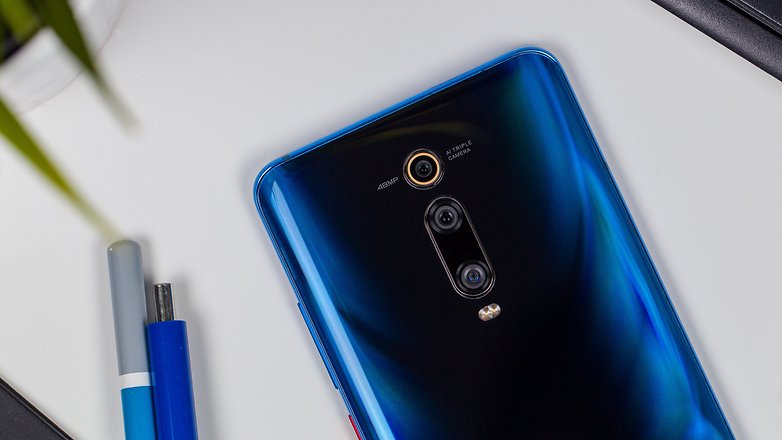
The selfie camera features freefall detection. We've seen this on other smartphones with pop-up cameras such as the Oppo Reno 10x Zoom. On the Mi 9T Pro, it certainly detects when you have dropped the phone, but the retraction speed is pretty slow. I'm not sure the selfie camera would be stowed away safely before the phone hits the floor. Better to hang onto it, then.
The rear camera is great, especially in good lighting conditions. Selfies are just fine, but nothing to write home about. You can see a gallery of the images taken with the Mi 9T Pro below. For good measure, I've also included a gallery of photos we took with the regular Mi 9T, as it's the same camera.
- Xiaomi Mi 9T Pro photo gallery
- Xiaomi Mi 9T photo gallery
Big battery, 27W fast charging
The battery in the Mi 9T Pro is a full 4,000mAh. That's not only competing with the size of the battery in 2019's flagships, but it's also trumping it in most cases (a Galaxy Note 10 has a 3,500 mAh battery in it). Compared to the Mi 9T, the battery size is the same but fast charging has gone up from 18W to 27W.
Endurance is great on the Xiaomi. I was using it as my daily driver at the IFA 2019, where I was on Slack, WhatsApp, checking emails, taking pictures, recording audio, etc. for 10 or more hours straight, and I was still getting to the end of the day with 25 to 30 percent battery left. On a non-IFA day, with more 'normal' usage, I was getting through less than fifty percent of the battery.
Xiaomi Mi 9T Pro technical specifications
Unbeatable value for money
The Pocophone F1 launched with a clear plan, to match the big boys on performance whilst undercutting them hugely on price. The Mi 9T brought high-end features to a device that looks and feels like a flagship, but it lacked true performance. The Mi 9T Pro merges the two together, bringing most of the smartphone features you'd expect from a $700+ smartphone, including a Snapdragon 855 and a quality camera, and packages them up for less than half of what Samsung is charging for its top devices.
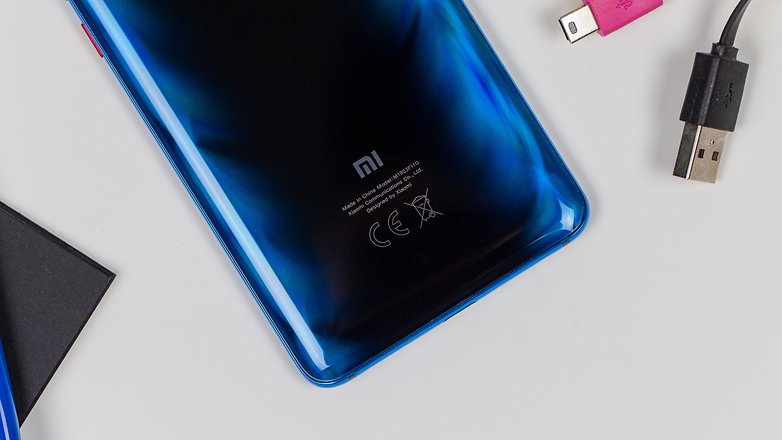
Sure, corners have been cut in some places to get the price down. There's no wireless charging, no expandable storage, and no waterproofing, but these are sacrifices many are willing to make: you still get a whole lot of smartphone for your four-hundred quid. Next time somebody asks me what's the best mid-range smartphone on the market today, I will probably be recommending the Mi 9T Pro.




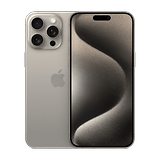




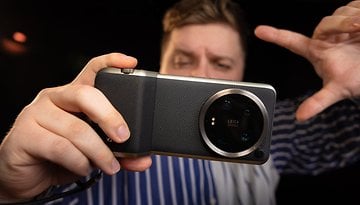

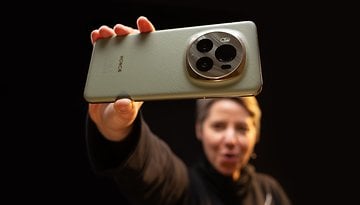
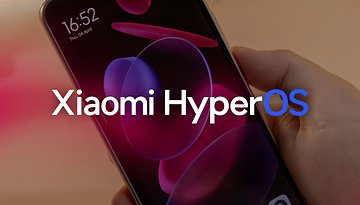
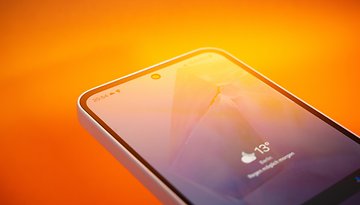
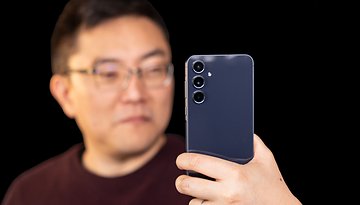



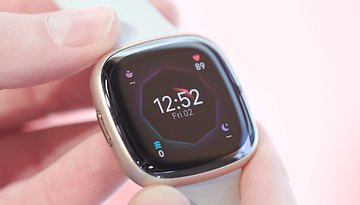




No wildvine L1 support on mine, with global ROM, factory settings. Just L3. Netflix won't work at all, Amazon Prime won't either. Other than that it's a great phone.
I just LOVE IT. I already trust Xiaomi and own one of its smartphones and it never lets me down. Will definitely upgraded to the Mi 9T Pro asap